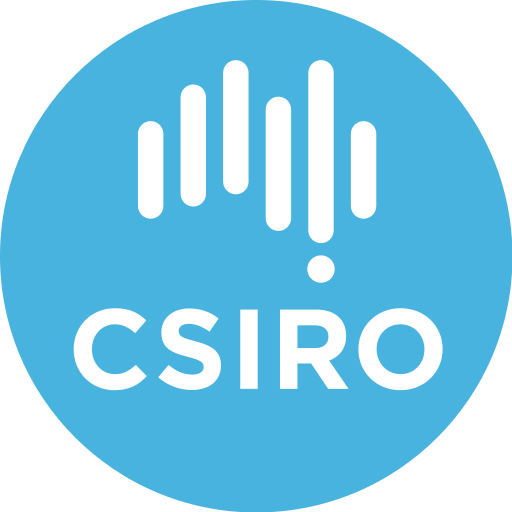cl_maintenanceAndUpdateFrequency
daily
2 record(s)
Type of resources
Topics
Keywords
Contact for the resource
Provided by
Formats
Update frequencies
Status
draft
-
Raw data from the Advanced Very High Resolution Radiometer (AVHRR) sensors on NOAA polar orbiting satellites, received at the Hobart Satellite Reception Facility. The dataset starts from April 1986, and represents approx. 37000 satellite passes as at Oct. 1998. The data are stored on Exabyte tapes at Hobart.
-
Argo is an international collaboration that collects high-quality temperature and salinity profiles from the upper 2000m of the ice-free global ocean and currents from intermediate depths. The data comes from more than 3000 battery-powered autonomous floats that spend most of their life drifting at depth covering most of the world oceans. At typically 10-day intervals, the floats rise to the surface over about 6 hours while measuring temperature and salinity. Satellites determine the position of the floats when they surface, and receive the data transmitted by the floats. The float then returns to its original density and sinks to drift until the cycle is repeated. Floats are designed to make about 150 such cycles. Argo Australia provides real-time observations of the oceans around Australia by maintaining an array of autonomous profiling floats. Data and information regarding Argo Australia and the International Argo program can be found at the Argo Australia web page (see data link below). CMAR holds a mirror of the data from the US Argo server for internal project access, this is regularly updated. (see data link below).
